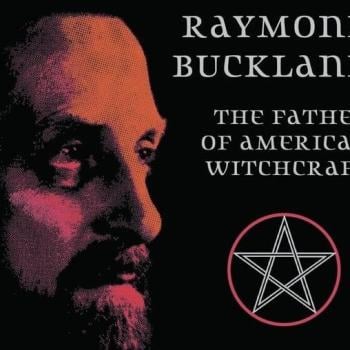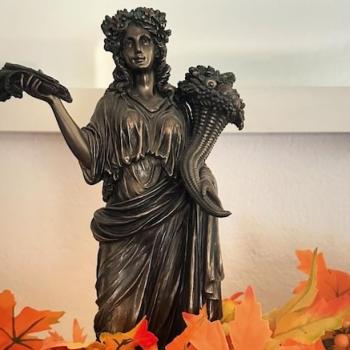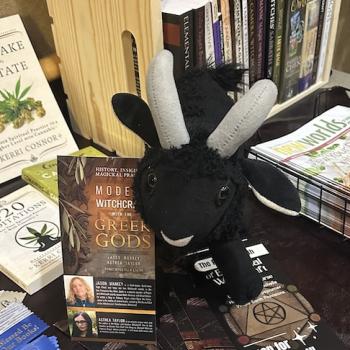I love the history of magick and the occult. Despite what mainstream history books suggest, magickal and occult practices have always been popular. While many Witches and Pagans consider themselves a part of the occult world, there aren’t very many Witches and Pagans on this list. Part of that is because our numbers are small, and part of that is because this list includes a lot of people who would have never imagined calling themselves such things.
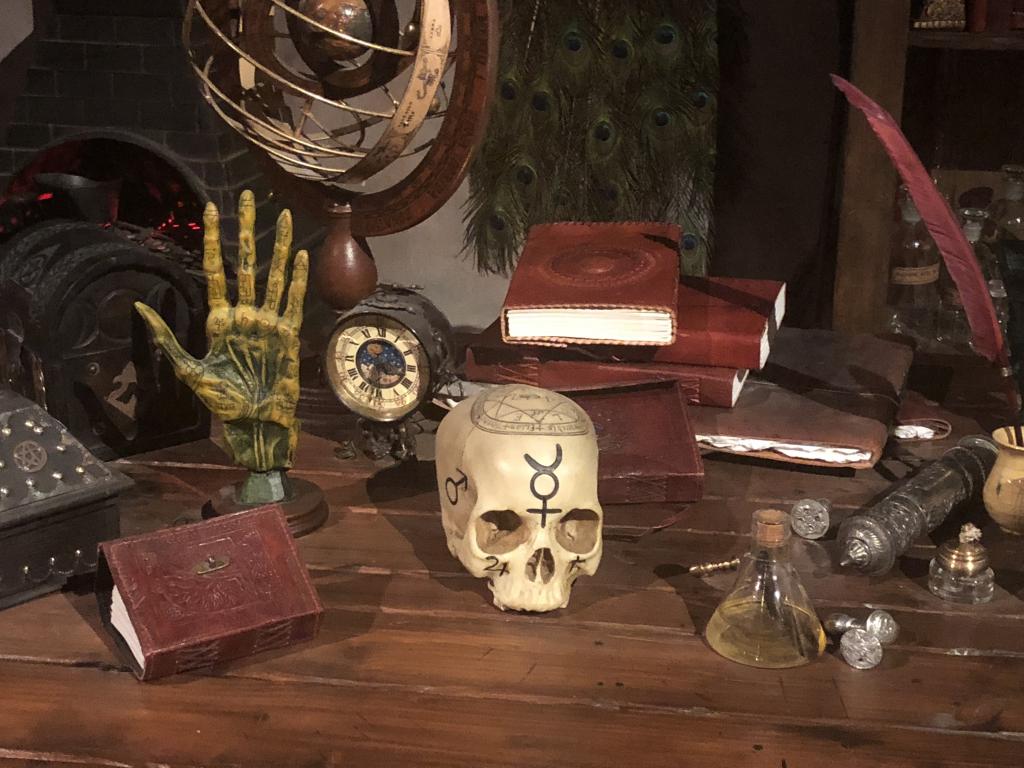
The term occult can be problematic especially in Modern Pagan and Witch circles. The “occult” includes a wide range of things, and many of them seem to have no direct impact on what many of us do today. I’d argue that’s probably not the case, anyone who goes against the mainstream probably has influenced our community today, even if those influences might not be readily apparent.
I bring all of this up because John Beckett recently suggest that American Rocket Scientist and Occultist Jack Parsons (1914-1952) was “arguably the greatest American occultist and the greatest American rocket scientist of the 20th Century.” I’m not here to argue against John, in this very blog I’ve argued that Parsons influence could have truly been transformative. What John’s post did was make me wonder once again, who has been America’s most important and influential occultist?
Before I get to my list of candidates let me say that I don’t have a good answer here. The criteria used to judge people is so subjective that choosing someone to represent the broad arena of “occultism” is probably a fool’s errand. In specific world’s, such as Witchcraft, choosing a “most influential person” is much easier (the answer there is Gerald Gardner). But because the point of blogging is to have fun, let’s take a look at some candidates for America’s greatest occultist . . . .
John George Hohman (1780’s(?)-1846)
Hohman is most well known for writing The Long Lost Friend, or Pow-Wows as it was known in later editions. The Long Lost Friend was originally published in German and featured a variety of spells and information gathered by Hohman from various sources. The Friend was America’s first great grimoire and it’s spell have shown up in a variety of magickal traditions. Originally published for the community we know today as the Pennsylvania Dutch the Friend has been a best seller since its original publication in 1820.
Marie Laveau (1801-1881)
Laveau is the most well-known magick practitioner in the history of the United States. Writing about Laveau can be difficult because we don’t know as much about her as most of us would wish, but she was undoubtedly influential in New Orleans, was a devout Catholic, and practiced New Orleans Voodoo. After her passing in 1881 there was even a second Marie Laveau adding to the great woman’s mystery.
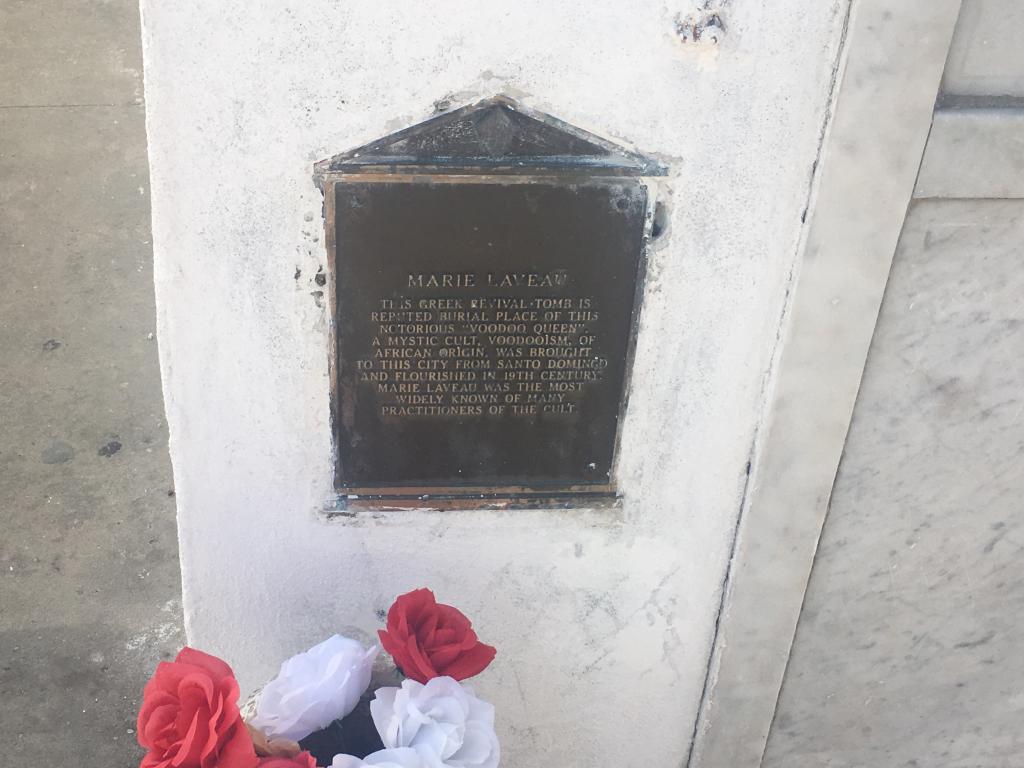
Unlike some of the other individuals below Laveau didn’t leave a written legacy. (The grimoire with her name on it is a product of the early 20th Century.) This makes it harder to quantify her place in occult history, but perhaps due to that lack of written legacy it’s easier to speculate on Laveau, which makes it that much easier for her to capture your imagination. Those of us who have looked at the historical personage beyond the speculation have discovered an exceptionally strong and compassionate woman who did whatever the hell she wanted. Laveau was (and is) someone to idolize.
Leah Fox (1813-1890)
Though her sisters Kate and Maggie were the first to have any sort of contact with “the spirits” it was Leah Fox who popularized the soon to be world wide movement that would come to be known as spiritualism. If you are unfamiliar with spiritualism it began as a series of knocks, later evolving into a variety of phenomena that allows individuals to communicate with the dead. Leah is directly responsible for this evolution, unable to reproduce the knocks she became a trance medium, Leah also saw the commercial appeal of spiritualism and monetized it accordingly.
Spiritualism is important in the annals of occult history because it was a HUGE movement, significant amounts of Americans (and later Brits) would identify as spiritualists. It’s history is also intertwined with women’s suffrage and the underground railroad. Spiritualism empowered women, and gave them a voice in a society that often silenced those voices. Historians today often suggest that spiritualism is no longer a thing, but a variety of shows on the Discovery Channel suggest otherwise. If people are chatting with the dead or investigating ghosts they are channeling spiritualism.
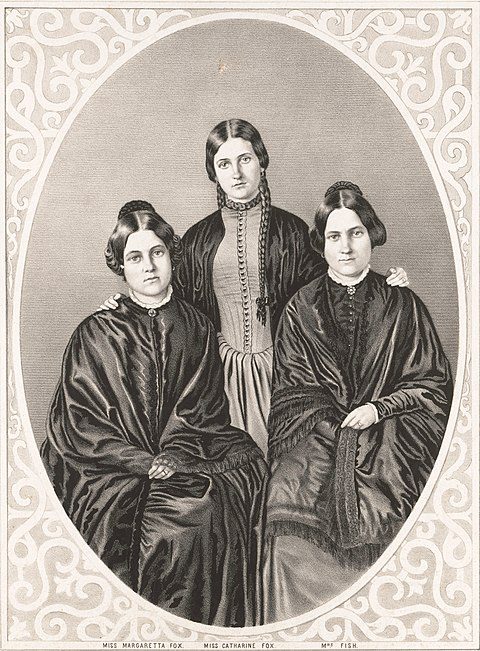
Pachal Beverley Randolph (1825-1875)
A free-man of color, Randolph lived a truly extraordinary life. He visited every continent but Antarctica before he died and set up a nationwide series of Rosicrucian Reading Rooms before he was murdered in 1875. Randolph was a spiritualist, but most importantly for us in this article he was a magician. He truly believed in magick, and his forte was sex magick.
What makes Rudolph so belonging on a list like this was that his ideas were appropriated after his death, eventually showing up in the work of Aleister Crowley and the German occultists who set up the original O.T.O.
Albert Pike (1809-1891)
I’m not a huge fan of Pike, but he’s responsible for bringing a more esoteric flavor to Freemasonry as the architect of rituals that make up the Scottish Rite. He’s also the author of Morals and Dogma (1872), mostly a collection of occult ideas stolen from the French occultist Eliphas Levi. Upon initiation into the Scottish Rite Freemasons were given a copy of Morals and Dogma up until the 1970’s making it one of the most widely distributed texts in American history. I’m guessing most people didn’t actually read Morals and Dogma, but they did print a bunch of copies.
Masonry has always been a hugely influential institution in occult circles, and just about any group that has an initiation ritual owes a tip of the cap (or witch-hat) to that organization. Pike’s popularization of occult ideas in fraternal orders might have also led to the establishment of even more occult orders such as the Rosicrucian Order by Harvey Spencer Lewis (1883-1939) in the 1900’s.
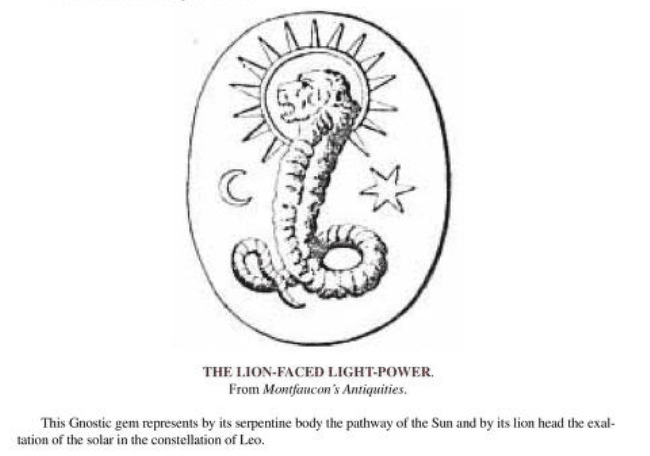
William Walter Atkinson/3 Initiates (1862-1932) & Manly P Hall (1901-1990)
I’m throwing Atkinson in with Hall here because both gentlemen wrote esoteric handbooks that were published within twenty years of each other. Of the two offerings it’s probably Atkinson’s Kybalion that’s the most interesting. Though we’ve known for a long time now about Atkinson’s authorship the book was originally released with the byline “Three Initiates” and the intriguing subtitle: “A Study of the Hermetic Philosophy of Ancient Egypt and Greece.” This intrigue added to the book’s appeal, with people into the present day often believing that the work is ancient.
I remember the first time someone suggested I read The Secret Teachings of All Ages, Hall’s 1928 masterwork. Teachings is mostly a distillation of several other occult texts and I thought then it looked rather derivative, but that’s not really the point. Hall’s book stirred up interest in the occult in the United States when it was published in 1928, and now almost 100 years later continues to do so.
There are a lot of Witches who have been influenced by these two books, and far more people in the rather ambiguous “New Age” movement. Because there were so few occult materials available until the 1970’s, people who dabbled in the occult often started with texts like these.
Edgar Cayce (1877-1945)
The answer to America’s most influential occultist might very well be Cayce. It’s hard to sum up Cayce in just a few sentences, but during his heyday Cayce was most acclaimed as a healer. He’d go into a trance and then find the solution to medical problems. In his trance states he also shared information about a variety of subjects including health, Atlantis, and reincarnation. Cayce was also a psychic, clairvoyant, and astral traveller. He also claimed access to the Akashic Records, and I first came upon that concept while reading about Cayce.
Many New Age beliefs were first popularized by Cayce, and his influence remains some 80 years after his death. If you’ve ever been intrigued by psychic phenomenon, Atlantis, or the paranormal you’ve probably stumbled upon an idea or practice popularized by Cayce.
Jack Parsons (1914-1952)
And now we come to Parsons, the man who inspired this post. Parsons was an initiate of the O.T.O. and a devoted ceremonial magician. His written legacy is small, but exists and has influenced many individuals who have followed paths similar to that of Parsons. I’m of the belief that Parsons is a tale of unrealized potential because of his early death in 1952. Had he gotten his mail order Witchcraft courses off the ground America’s occult landscape might look very different.
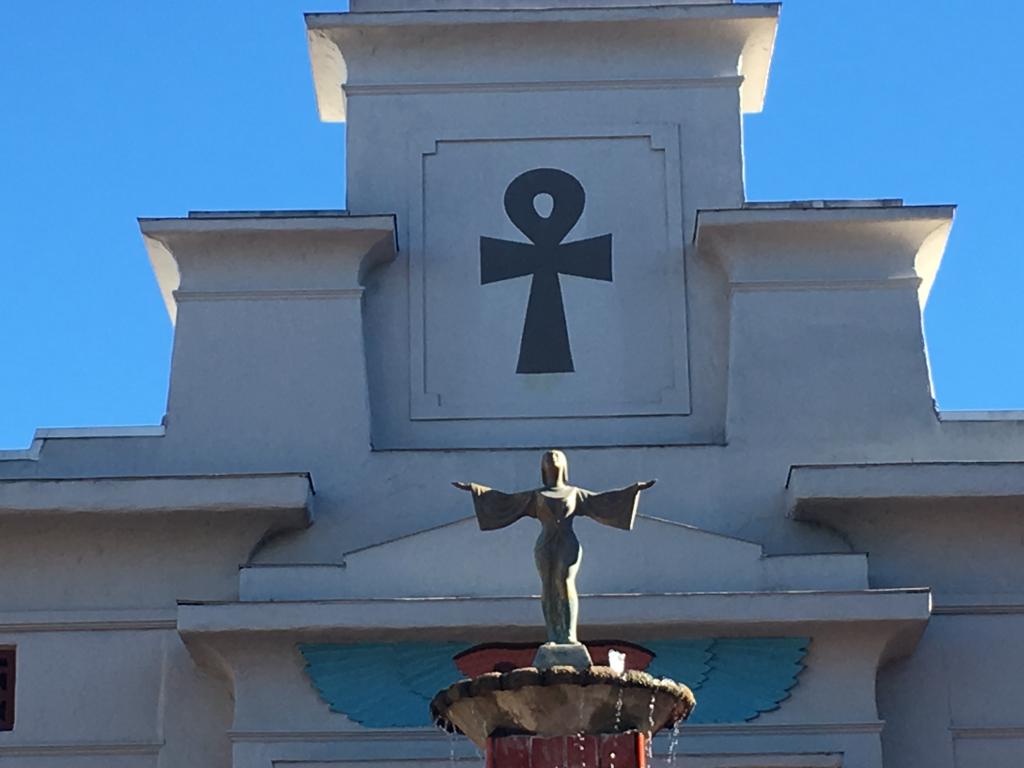
Carlos Castaneda (1925-1998)
There was no Don Juan Matus making Castaneda’s 1968 The Teachings of Don Juan more of a fiction novel than an anthropological work, but does it matter? Occult and spiritual books with fictitious authors or sources is par for the course. Of course Castaneda doubled down on his deception and did so in an age when finding the truth of such matters was far easier.
The late 1960’s were a time for self discovery and the embrace of the mystical, and Castaneda’s book came out at just the right moment to tap into that. Don Juan and its sequels have sold over 10,000,000 copies and it remains a best seller all these decades later. I know some Baby Boomer era Pagans who were influenced by this book, but later generations less so.
Starhawk (1951-Present)
Starhawk is the only Witch on my list, which crushes my soul, but I think it’s the right decision. Starhawk is on the list because The Spiral Dance (1979) has just been so damned influential. Starhawk’s activism has also taken her into circles and places most leaders in the Witchcraft community rarely get to go. I remember reading about Starhawk in the pages of the Utne Reader and thinking “Damn! How cool. I bet she’s the only one.”
The only other Witch I seriously considered for this list was Raymond Buckland (1934-2017) but Buckland grew up in England, though he did live most of his adult life in the US of A. Buckland brought Gardnerian Witchcraft to New York City in the mid 1960’s, and his book The Tree provided a way into the Craft for those with no access to a coven. His Complete Book of Witchcraft (the Big Blue Book) has sold over a million copies) which makes it one of the best selling Witch books ever. Without Buckland American Witchcraft would probably still exist, but I think it would look very different.
Well that’s my list. If you were to ask me who who America’s most influential occultist was I’d probably choose Leah Fox because Spiritualism remains popular, though it exists in a very different form today from its 19th Century incarnation. Also, I’m sure I’ve forgotten someone super important and will be embarrassed when that’s pointed out in the comments. (So have at it!)




